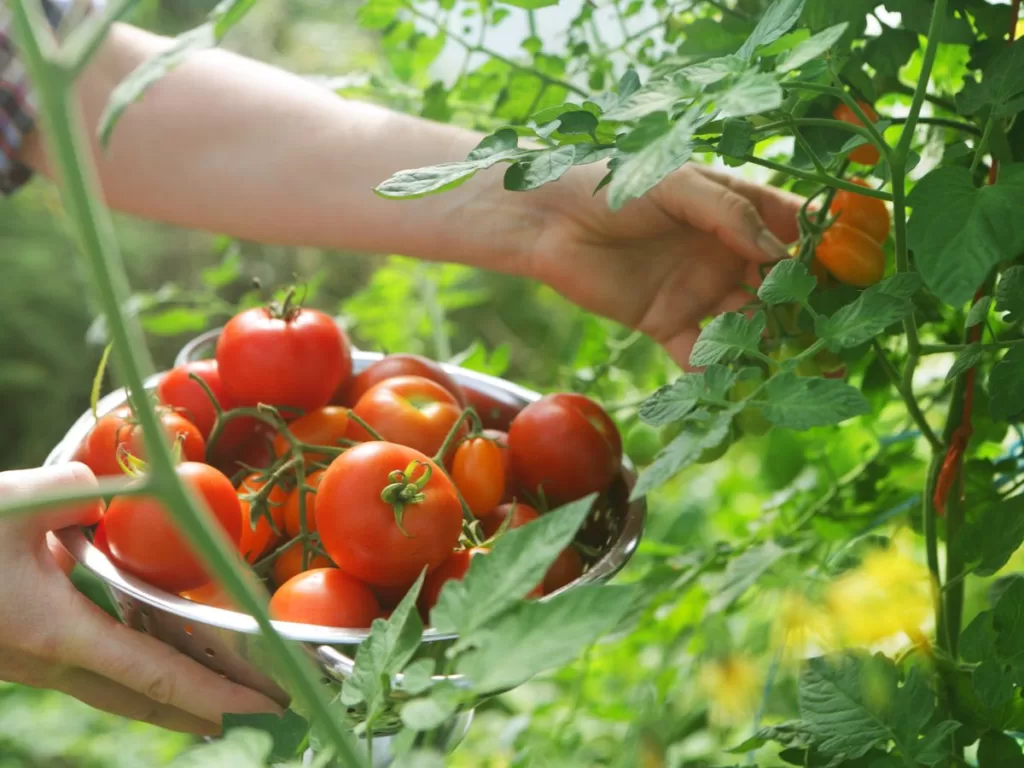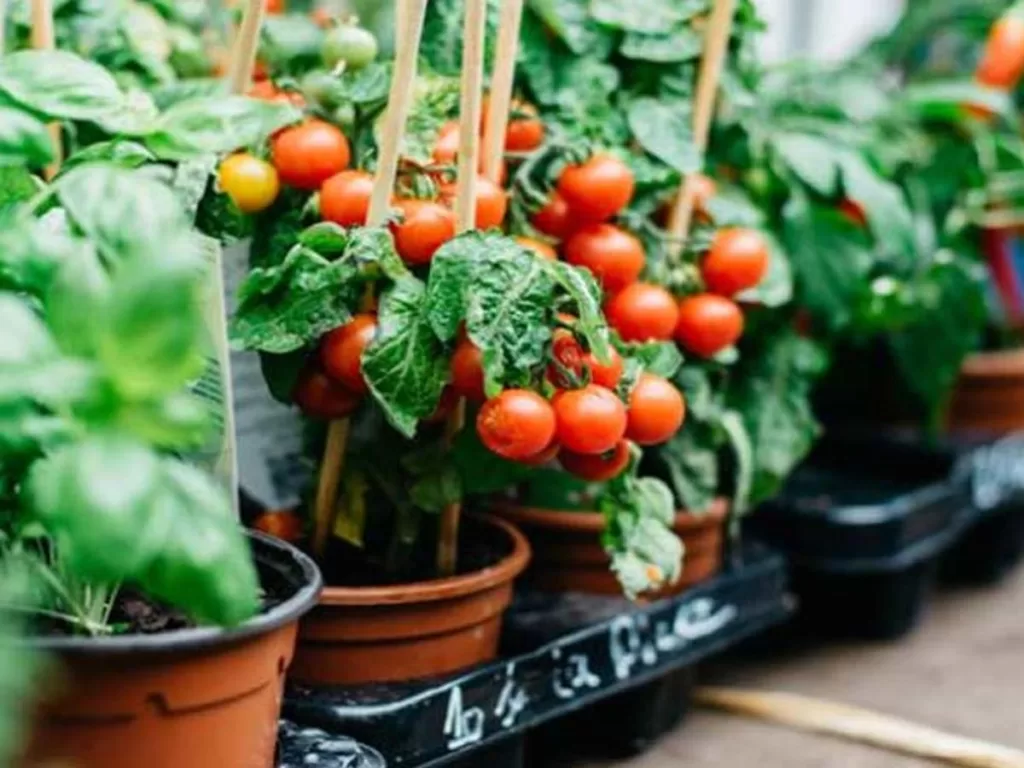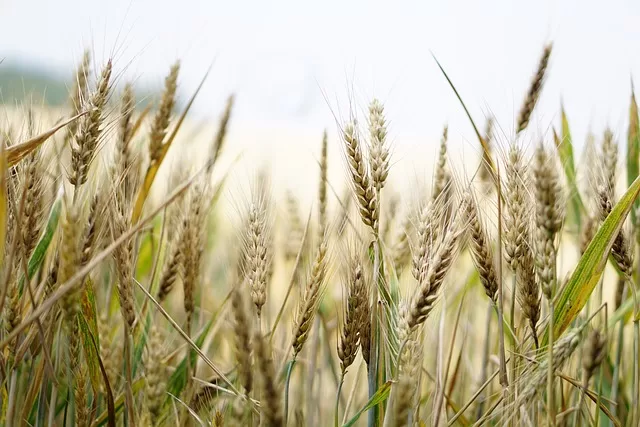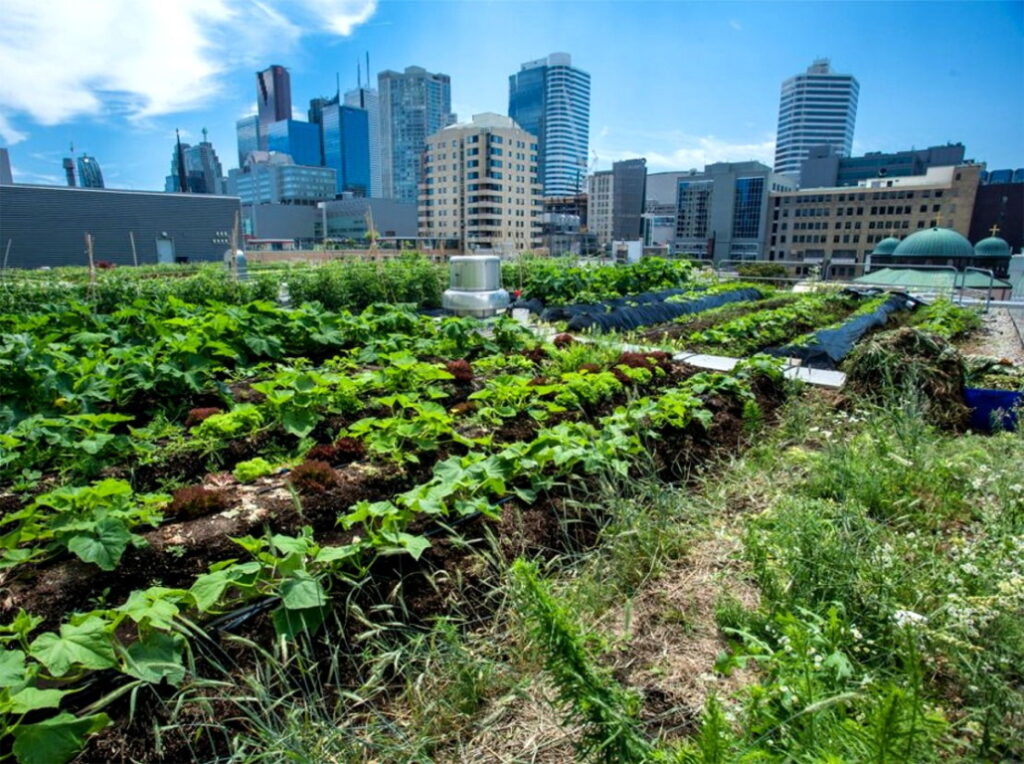Growing tomatoes has become a popular and rewarding hobby among beginners in gardening. The joy of nurturing a tomato plant and eventually harvesting juicy, ripe tomatoes is unmatched. However, successful tomato cultivation requires a basic understanding of the fundamentals involved. In this beginner’s guide, we will explore the key aspects of growing tomatoes and offer helpful tips for a bountiful harvest.
Understanding Tomato Varieties for Beginners
Tomatoes come in a wide range of varieties, and choosing the right ones is crucial for beginners. Determinate tomatoes have a more compact growth habit and produce fruit all at once, making them suitable for container gardening. Indeterminate tomatoes, on the other hand, continue to grow and produce fruit throughout the season, ideal for larger garden spaces. Heirloom tomatoes offer unique flavors and traits, while hybrid varieties provide disease resistance and consistent performance.
Choosing the Right Tomato Seeds or Seedlings
For beginners, selecting high-quality tomato seeds or healthy seedlings is essential. Starting from seeds allows for a wider variety selection and can be cost-effective, while seedlings offer a head start and reduce the time to harvest. Opt for seeds or seedlings from reputable sources and consider disease-resistant varieties to minimize potential challenges.
Preparing the Tomato Growing Area
Tomatoes thrive in well-prepared soil and ample sunlight. Choose a location with at least 6-8 hours of direct sunlight daily. The soil should be well-draining and rich in organic matter. Amend the soil with compost or aged manure to provide essential nutrients. Prepare the soil beds or containers well in advance to ensure the perfect growing environment.

Planting and Transplanting Tomatoes
Planting tomatoes correctly is vital for their healthy growth. Space tomato plants adequately to allow for proper air circulation and prevent overcrowding. Plant seedlings at the same depth they were in the containers and ensure the soil is firmly packed around the roots. For indeterminate varieties, provide sturdy support structures like stakes or cages to prevent sprawling.
Watering and Feeding Tomatoes
Consistent watering is crucial for healthy tomato plants. Avoid overwatering, which can lead to root rot and other issues. Water at the base of the plant, keeping the leaves dry to minimize the risk of diseases. As for feeding, use a balanced fertilizer or one specifically formulated for tomatoes. Follow the recommended application rates to provide the necessary nutrients for robust growth.
Pruning and Supporting Tomato Plants
Pruning tomato plants helps improve air circulation and reduces the risk of diseases. Remove the lower leaves that touch the ground and any suckers that emerge from the leaf axils. Provide adequate support to indeterminate varieties to keep them upright and make harvesting easier. Staking, caging, or trellising are popular methods of support.
Dealing with Common Tomato Pests and Diseases
Despite our best efforts, tomato plants may face pests and diseases. Aphids, tomato hornworms, and early blight are some common challenges. Inspect the plants regularly and take prompt action if any issues arise. Organic methods, such as introducing beneficial insects, and chemical treatments can be used to address these problems.

Harvesting and Storing Tomatoes
Knowing when to harvest tomatoes is essential to enjoy the best flavor and texture. Ripe tomatoes should have vibrant color and be firm but not too hard. Harvest tomatoes gently, using pruning shears or scissors to avoid damaging the plant. Store harvested tomatoes at room temperature until fully ripe, and then refrigerate them to extend their shelf life.
Growing tomatoes can be a gratifying experience for beginners in gardening. By understanding the different varieties, choosing quality seeds or seedlings, and providing the right growing conditions, anyone can have a successful tomato garden. Remember to water and fertilize appropriately, support the plants as needed, and address any pest or disease issues promptly. With dedication and care, a bountiful harvest of delicious tomatoes awaits every beginner gardener.
Navigating Tomato Gardening: Essential Tips for Beginners and Prospective Tomato Growers

Unraveling the Secrets of Tomato Gardening for Aspiring Cultivators
Tomato gardening has emerged as a popular venture among beginners and seasoned growers alike. The allure of cultivating fresh, juicy tomatoes, and the satisfaction of nurturing a plant from seed to harvest have drawn many individuals towards this fruitful endeavor. However, there are crucial factors that aspiring tomato growers should be aware of before embarking on their gardening journey. From potential profits and losses to the intricacies of tomato cultivation, this comprehensive guide aims to provide valuable insights for a successful tomato growing business.
Planning and Preparation
Before delving into tomato gardening, proper planning and preparation are essential. Prospective growers need to select suitable varieties based on their growing conditions and end goals. Determinate or indeterminate varieties, heirloom or hybrid, and disease resistance factors should be carefully considered. Moreover, analyzing the local climate, available space, and required resources are vital in formulating a solid cultivation plan.
Understanding Soil and Nutrient Management
Healthy soil is the foundation of successful tomato gardening. Novices should focus on ensuring their soil is well-draining, rich in organic matter, and possesses the necessary nutrients for optimal plant growth. Employing compost, aged manure, and organic fertilizers will provide the required nutrition for the tomato plants. A soil test can be conducted to gauge the soil’s pH and nutrient levels.
Pest and Disease Management
The battle against pests and diseases is a constant challenge in tomato gardening. Awareness of common threats, such as aphids, hornworms, blight, and wilts, is crucial for early detection and prevention. Employing integrated pest management (IPM) practices, using natural predators, and adopting disease-resistant varieties can significantly reduce the risks of infestation.
Watering and Irrigation
Proper watering techniques are vital in avoiding water stress or root rot. Beginners should understand the right watering schedule, taking into account the prevailing weather conditions. Mulching around the tomato plants can help retain soil moisture and prevent weed growth, ensuring the plants receive the ideal hydration.

Proper Pruning and Support
Pruning and providing adequate support are essential for healthy tomato plants. Trimming off excess foliage improves air circulation and reduces disease susceptibility. Additionally, staking, caging, or trellising will keep indeterminate varieties upright and facilitate harvesting.
Profit and Loss Analysis
For those considering tomato gardening as a business venture, a profit and loss analysis is critical. This entails estimating expenses such as seeds, soil amendments, fertilizers, water, equipment, and labor costs. Comparing these expenses with potential revenue from tomato sales will provide valuable insights into the financial feasibility of the venture.
Market Research and Distribution
Understanding the local market demand for tomatoes and identifying potential distribution channels is vital for commercial growers. Establishing relationships with local markets, grocery stores, restaurants, and direct consumers can contribute to the success of the tomato growing business.
Record Keeping and Evaluation
Maintaining meticulous records of planting dates, crop progress, expenses, and yield is essential for future reference and continuous improvement. Regular evaluation of growing techniques, successes, and challenges will facilitate the implementation of better practices in subsequent growing seasons.
Tomato gardening holds the promise of both personal satisfaction and potential business success. However, beginners and aspiring tomato growers need to be well-prepared and informed to navigate the complexities of tomato cultivation. From strategic planning and nutrient management to pest control and market research, each aspect plays a vital role in the growth and profitability of a tomato growing business. With dedication, knowledge, and resilience, individuals can embark on a fruitful and rewarding journey in the world of tomato gardening.







